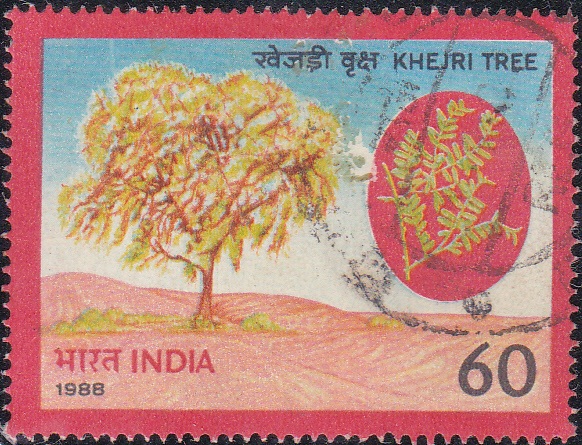
Khejri Tree
A commemorative postage stamp on the World Environment Day 1988 :
Issued on Jun 5, 1988
Description of Designs : The stamp by India Security Press, Nashik Road, is based on designs obtained from Thakur Dalip Singh. The first day cover shows an attractive tree design by Shri K.S. Radhakrishnan adapted from rural Rajasthani wall paintings. The cancellation is by Smt. Alka Sharma.
Type : Stamp, Postal Used
Colour : Multicolour
Denomination : 60 Paise
Overall size : 4.8 x 3.06 cms.
Printing size : 4.8 x 3.06 cms.
Perforation : 13 x 13
Paper : Imported Unwatermarked P.G. coated Gummed stamp paper
Number Printed : 15,00,000
Number per issue sheet : 20
Printing Process : Photogravure
Printed : India Security Press
About :
- The Khejri, (Prosopis Cineraria), is a small to moderate sized tree, evergreen or nearby so, with lighter foliage and rather slender branches armed with conical spines, found in dry and arid regions of India. It does not ordinarily exceed a height of 12 m, and a girth of 1.2 m, the maximum recorded being 18 m and 5.4 m respectively. The tree prefers a dry climate and the most important areas of its distribution are characterised by extremes in temperature. In Punjab it occurs throughout the alluvial plains (rainfall 10-25 cms).
- The tree is a light demander and the older plants are drought resistant. Young seedlings are sensitive to frost. Natural regeneration through seed is confined to moist places, but in dry situations the tree regenerates itself by root suckers.
- The seed weight is 25000 a kg and seeds need scarification and soaking in water before sowing. Germination percentage is about 65. About one year old nursery plants are planted in the field.
- Artificial regeneration through direct sowing on lands either subject to occasional floods or under irrigation has been found to be quite successful. The trees can also be successfully raised by sowing in conjunction with field crops in irrigated lands.
- The wood is suitable for interior construction work, such as columns, roofs, doors and windows and for wheels and hubs of carts, agricultural implements, tool handles, small turnery articles and well curbs. In dry and arid regions, it is a source of fuel and is used for making charcoal. The pods are used as fodder for livestock. The bark as well as galls formed on leaves are used for tanning. Leaves are lopped for fodder. The tree exudes a gum that resembles the mesquite gum.
- The Khejri tree has been traditionally protected by the Bishnois of Rajasthan, a remarkable phenomenon in the field of conservation, both of vegetation and soil. The Khejri tree is appropriately being used as a theme for this stamp released on 5th June, 1988, World Environment Day, by the Department of Posts.
- Material for text, courtesy, National Wasteland Development Board.



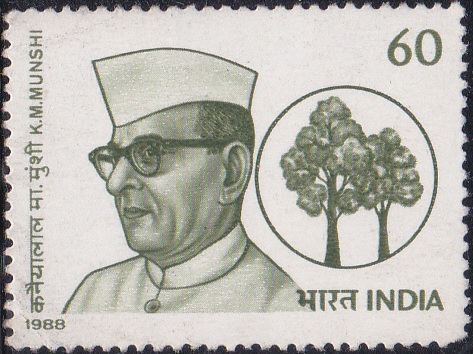
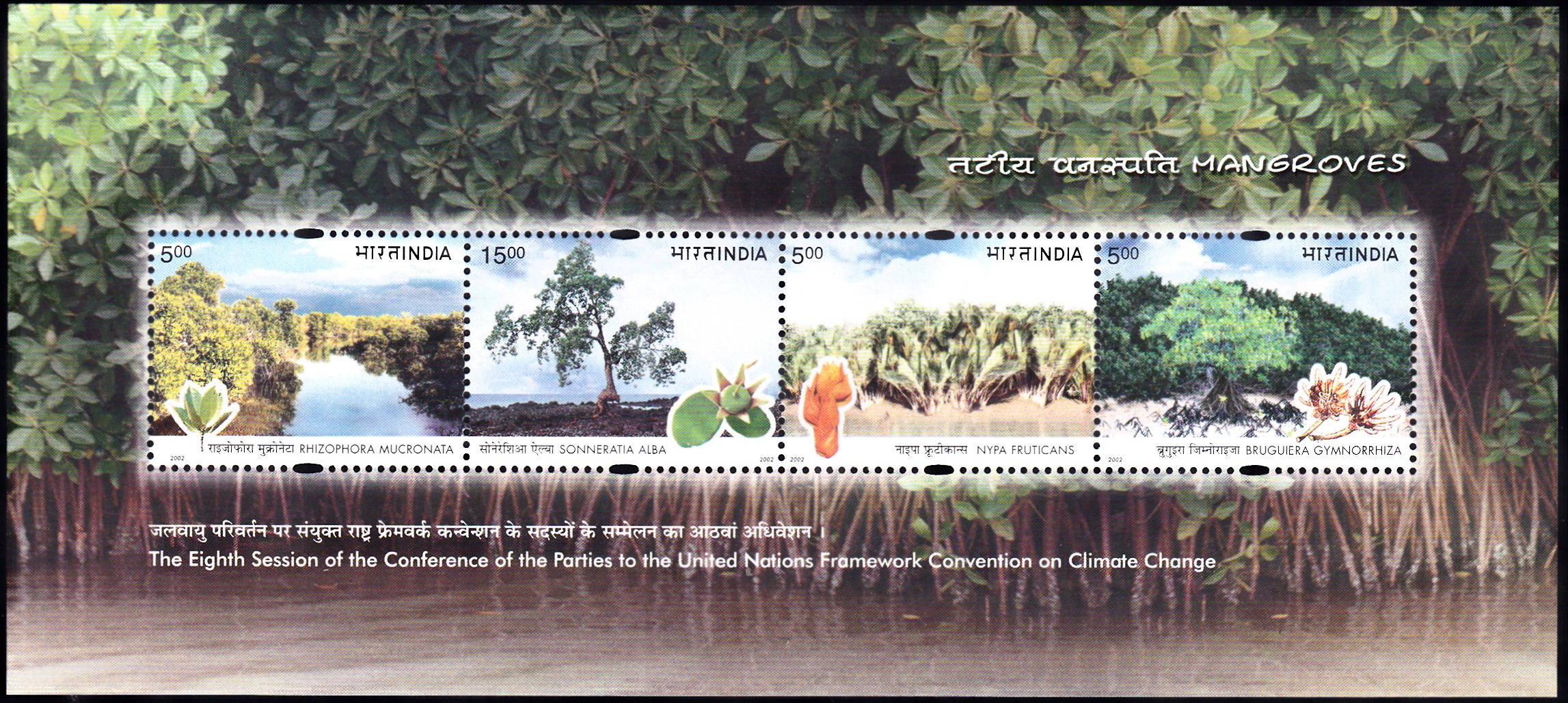

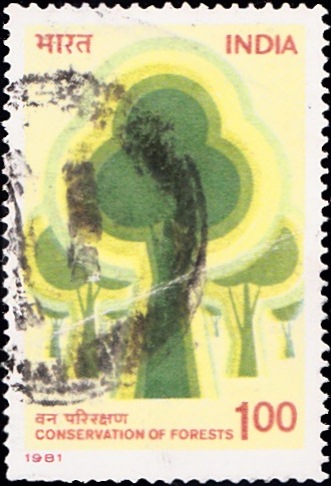

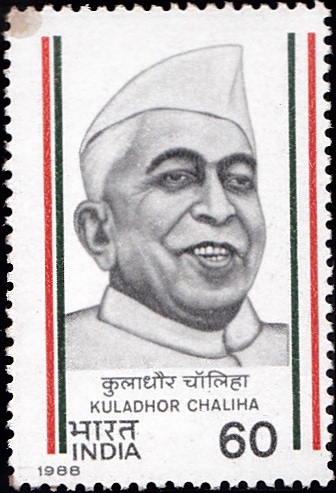
[…] of Pandavas hiding place, attacked Virat but were vanquished on Vijayadashami day. The exchange of Shami leaves has therefore become the symbol of glory and […]